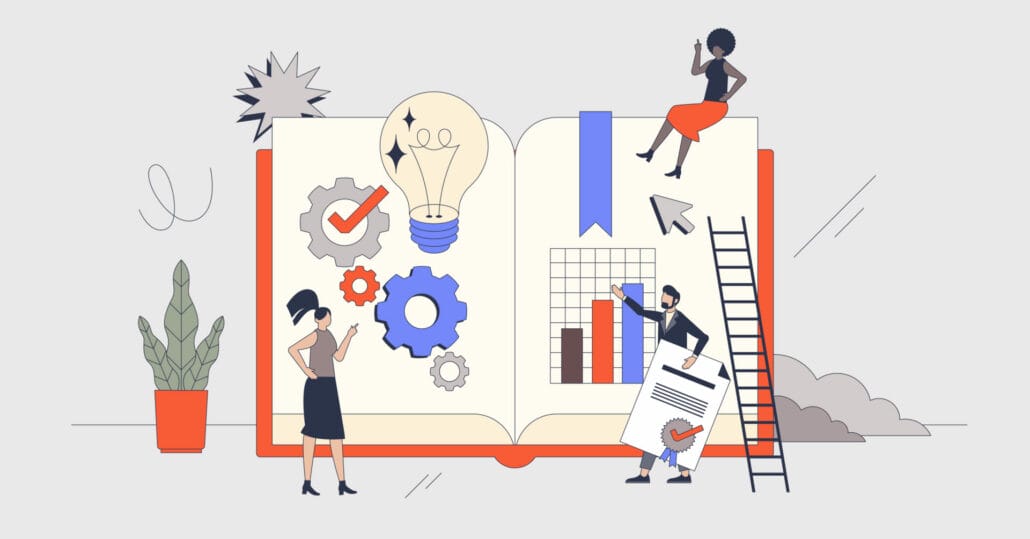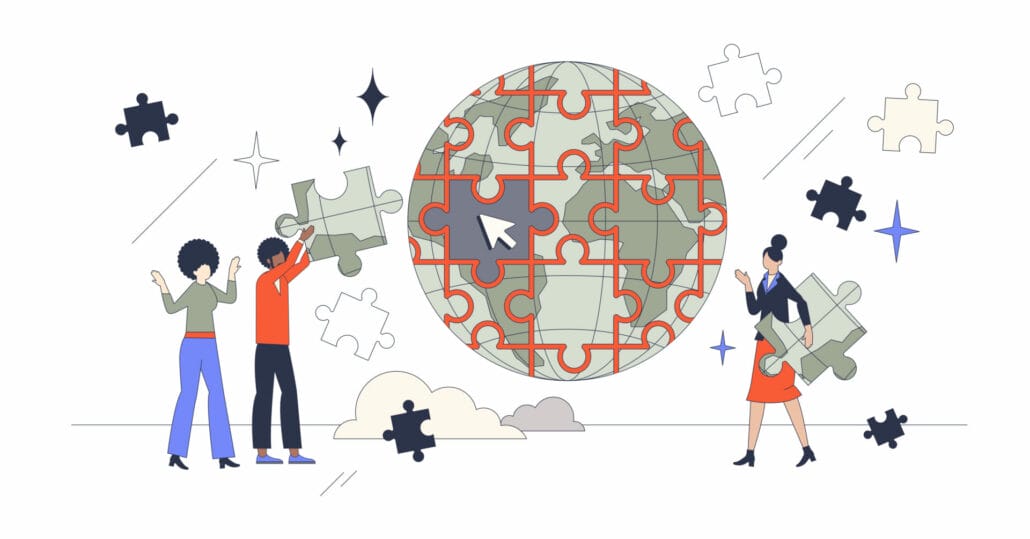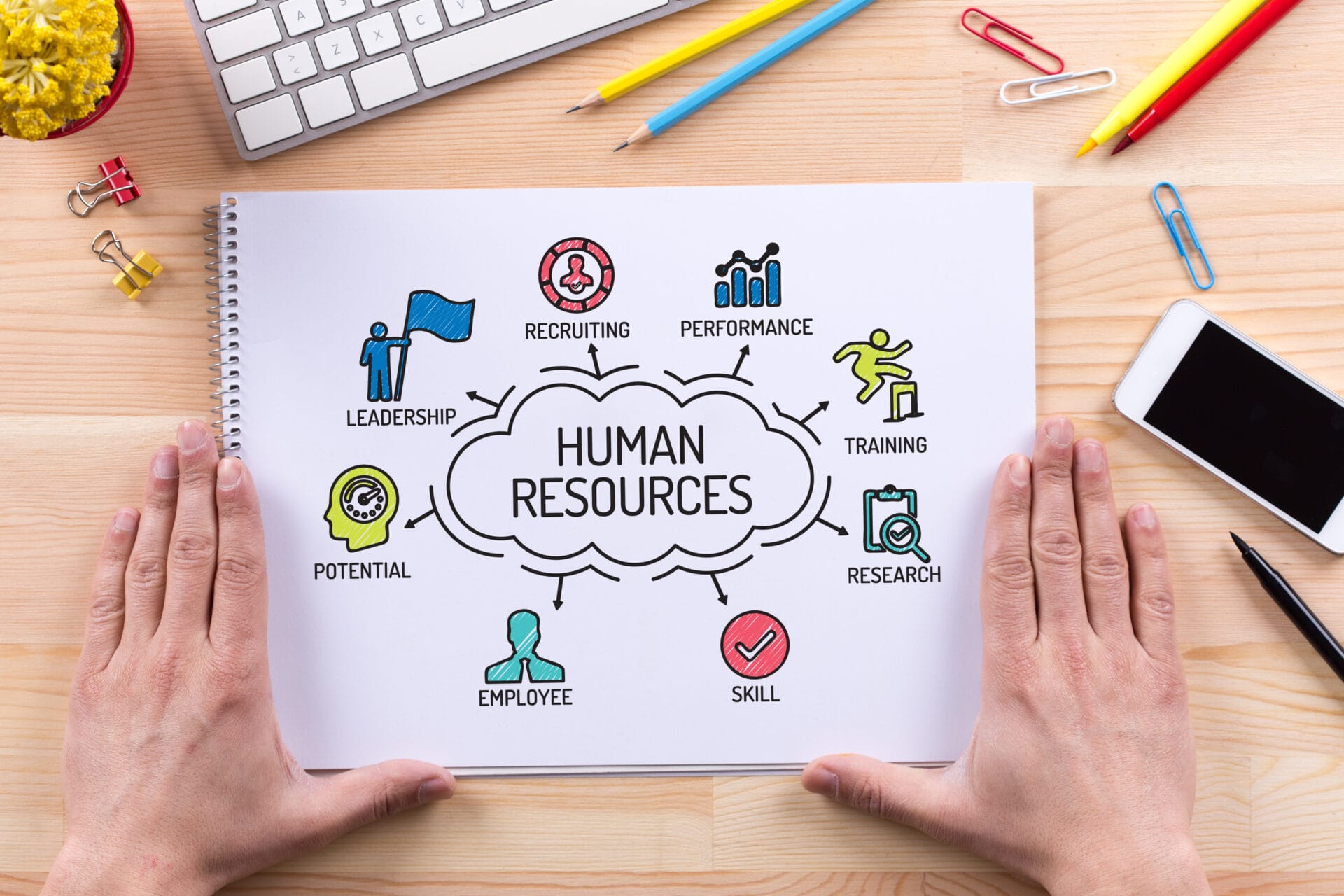What HR best practices lead to a successful and efficient workplace? This article gets straight to the point, providing practical guidance for essential HR functions such as dynamic hiring techniques, strategic onboarding, sustained employee development, and comprehensive performance management. Ready to optimize your human resource efforts? Let’s dive in.
Understanding HR Best Practices

HR best practices aren’t just buzzwords thrown around in boardroom meetings. They are universally applicable management processes and actions that aim to enhance business performance across different contexts and industries. These principles are foundational to every HR professional, and will optimize any business to which they are applied. By incorporating effective HR activities, companies can ensure that they are following HR best practices and implementing efficient human resource management.
When correctly executed by the HR department, best practices contribute significantly to the value and success of a business. Implementing HR best practices can result in better morale and improved productivity. They can also lead to increased employee retention. So it’s not just about efficiency and cutting costs.
Maintaining transparency and open communication is crucial for a high-impact HR department. One way to promote this critical HR component is to implement and maintain an open-door policy. Communication should be encouraged and employees must feel free to discuss issues with HR. Other than their manager, HR is their primary point of contact for discussing organizational matters. This approach ensures that HR practices add value and support business objectives, leading to:
- More value than individual practices
- Increased employee engagement and satisfaction
- Improved retention rates
- Enhanced collaboration and teamwork
- Better alignment between HR and organizational goals
The reason for each HR best practice is compelling. As you review them, ask yourself if your organization is following them, and if not, how they can be implemented.
Craft an Inclusive Hiring Strategy

In today’s globalized world, an inclusive and diverse workforce goes beyond social justice – it’s a strategic asset. Selective hiring is imperative for HR professionals to ensure that new employees add value and fit into the organization’s culture. But why is diversity so crucial?
A diverse workforce leads to an environment rich in innovation and creativity by combining different experiences and diverse backgrounds. Aside from fostering innovation, diversity in hiring brings a broad spectrum of skills, talents, and experiences, which is key to better understanding and serving customer needs.
An inclusive workplace leads to higher job satisfaction and thus promotes employee retention. Furthermore, a commitment to diversity in the recruitment process can enhance an organization’s reputation and draw a wider range of job candidates. By selectively hiring high-caliber, diverse candidates, organizations can consistently outperform the competition.
Assessing Job Candidates Beyond Resumes
In the quest to attract high-quality candidates, it’s crucial not to depend solely on resumes. They offer a glimpse into a candidate’s experience and qualifications but don’t always provide a complete picture of their relevant skills and potential fit within the company. So, how can human resource management professionals gain deeper insights into a candidate’s skills, abilities, and potential cultural fit during the hiring process?
Implementing a range of techniques can provide a more holistic view of a potential new hire. They include:
- Structured and unstructured interviews
- IQ tests
- Personality assessments
- Work tests
- Peer assessments
- Reference checks
Pre-hire assessments aid in streamlining the interview process, while work samples and problem-solving tasks gain insight into a candidate’s approach and proficiency in handling various tasks. Gamified assessments evaluate a candidate’s cognitive abilities, critical thinking skills, personality traits, and emotional intelligence. Together, these tools can uncover assets to HR teams that may not come up in an interview, but could lead to your next best employee.
Implementing Fair and Unbiased Interview Processes
Implementing a fair and unbiased interview process is the hallmark of a robust hiring strategy. But, how do we ensure this?
First, pre-hire assessments should be administered consistently at the same stage for all applicants, with results compared objectively. This approach maintains non-discriminatory hiring practices and benefits HR departments by offering a predictable and efficient process.
Additionally, peer interviews can augment the interview process by providing additional perspectives on the candidate’s compatibility with the team and company culture. However, it’s essential that these interviews are carried out by individuals who are trained to avoid bias.
Optimize Onboarding for New Employee Success

Once you’ve attracted and recruited high-quality candidates, the next crucial step is onboarding. An efficient onboarding process is critical for setting future employees up for success and preventing staff turnover within the first 45 days of employment.
An effective onboarding process enables new hires to quickly adapt to their roles and understand the social and performance expectations within the company. Remember, the first six months are pivotal for new employees as they form impressions that influence their long-term retention and job performance. Structured onboarding can significantly reduce the time needed for new employees to become productive, contributing members of the team, leading to great employees who are confident and self-managed.
A comprehensive onboarding program includes a thorough understanding of the job role, tailored training, worker development, and ongoing performance support to meet individual employee needs.
Prepare a Comprehensive Employee Handbook
The employee handbook is a critical component of the onboarding process. It serves as a roadmap, guiding employees through the company’s mission, policies, procedures, and work rules. It creates an alignment between the employee expectations and the HR team, ensuring a positive work environment.
The handbook must be written in clear, straightforward language to avoid misinterpretation and ensure all employees understand their rights and responsibilities. Accessibility is key; digital copies of the handbook should be easily accessible for reference, and printed copies should be provided if necessary. To ensure full compliance with employment legal requirements, HR should involve legal counsel in the review process of the handbook. Additionally, you can outsource technical and procedural writing to establish a handbook that’s both easy to understand and comprehensive.
Ensure A Great First Day
First impressions matter, and the first day of work is the employee’s ultimate first impression of what working for an organization will be like. And while training is the keynote of entry, an often overlooked part of an employee’s first day is social interaction.
Consider how employees typically eat lunch, take breaks, and communicate with the current workforce. Does your onboarding process facilitate an introduction to the day-to-day social culture of your organization? Some ways HR teams can make a positive impression on an employee’s first day include:
- Inviting them out to lunch with a designated work team or member(s) of HR
- Introductions to various staff members
- Providing information about job perks like wellness programs or free snacks and drinks
These small gestures are great at promoting social connections and providing security to new hires, increasing their likelihood of a positive job outlook.
Structure Formal Training Programs
Formal training programs play a pivotal role in the onboarding process. They are integral in promoting advancement in employees’ skills.
A blend of professional development activities can help employees learn critical on-the-job skills efficiently while avoiding burnout from monotonous training. These activities may include things such as:
- workshops
- conferences
- online courses
- one-on-one coaching
- on-the-job training
- job rotation
Continuous learning can be fostered by setting clear learning objectives, establishing mentoring programs, setting required training time standards, and utilizing HR technology like learning management systems (LMS).
Foster Employee Growth and Development

Once employees are onboarded and settled in their roles, the next HR best practice shifts to employee development, providing a pathway for career growth and advancement. Professional development encompasses not only technical skills but also soft skills like communication, critical thinking, and leadership.
A well-implemented performance management system encourages greater employee engagement through recognition and growth opportunities, which can lead to employees feeling more valued and connected to the workplace.
Encouraging Continuous Learning and Skill Advancement
Continuous learning is the fuel that drives employee growth, and improves employee retention. In fact, a LinkedIn survey revealed that 94% of employees would stay at their company longer if it invested in their career. But how can organizations foster a culture of continuous learning and skill advancement? Investing in training and development opportunities improves the workforce, leading to innovation, collaboration, and higher productivity, as well as enhancing the company’s reputation.
Providing professional development opportunities has several benefits, including:
- Enhancing job satisfaction
- Making employees more confident and loyal
- Encouraging employees to stay with the company
- Creating opportunities for internal career advancement
Whether it’s through in-house mentoring, or engaging employees in online business development training, HR practices that include continued learning will promote more effective teams.
Promoting from Within
Promoting from within is a powerful strategy to foster employee development, especially for younger employees. It not only motivates employees but also significantly contributes to employee morale.
Career progression within an organization can lead to better retention rates. Recognizing and rewarding a high performer is a key strategy for improving talent retention. Regular performance evaluations, providing ongoing constructive feedback, and discussions about career advancement can help ensure that talent is continually built, acknowledged and retained.
Prioritize Employee Well-Being and Safety

Employee well-being and safety should always be a top priority for any organization. Regardless of the industry, ensuring a safe and healthy work environment is not only a legal requirement but also a moral responsibility. There are numerous safety games, training programs, methods to promote mental health, and other strategies in which HR practices can influence safety in their company and satisfy labor laws.
The month of June is national safety month, a program initiated by the National Safety Council. The NSC offers free training, videos, posters, and more to encourage a different type of safety each week. Following their lead, human resources management could easily capitalize on this event, take advantage of the free resources, and make their entire organization a safer environment.
Workplace safety and health programs are essential in preventing injuries, illnesses, and deaths and in reducing financial burdens on workers, their families, and employers. When companies offer benefits packages that go beyond salaries, such as better health insurance or flexible working hours, they can have a positive influence on wellness, which is pivotal in attracting and retaining talent.
Leverage HR Technology for Efficiency
In our increasingly digital world, leveraging HR technology is a best practice that can significantly enhance the efficiency of daily tasks and streamline HR activities. But how can organizations make the most out of this technology?
Investing in HR software and technology is essential for aligning with specific HR and business needs, reducing onboarding time, refining applicants for more selective hiring, providing standard HR features such as benefits management and compliance tracking, and more. Some of the most effective technology for achieving these tasks include:
- Applicant Tracking Systems and Onboarding Software
- Learning Management Systems – As described above, learning management systems can assist with employee training and development, while reducing the load on human resources.
- Employee Portals – Employee-facing software can reduce the strain on human resources by facilitating some of the most common employee requests. An employee portal might include access to handbooks, paystubs, tax documents, enrollment links, etc. It could even include learning modules, areas to provide job feedback, and more.
- Remote Collaboration Software – Tools like Microsoft Teams and Slack allows employees who work remotely to keep pace with the rest of the office. But it can also assist HR professionals with features like time trackers, project management tools, and direct messaging.
- Human Resource Information Systems (HRIS) for managing payroll, benefits, etc.
With new technology becoming increasingly available, companies might consider hiring HR Tech architects or developers to manage the complexities of integrating numerous HR software and platforms. Although they can come with expensive up-front costs, having custom technology to streamline HR processes can lead to big savings in the long-run for organizations.
Compensation and Benefits: Keys to Attracting and Retaining High-Quality Candidates
Compensation and benefits play a pivotal role in attracting and retaining the best candidates. But how can organizations design effective compensation and benefits packages?
Providing competitive compensation packages demonstrates to potential and current employees the value the organization places on them, consequently aiding in attracting and retaining top talent. Profit sharing, shared ownership, and stock options not only incentivize individual employee performance but also serve as key factors in creating transparency and fostering trust in the organization’s benefit plan.
Designing a Transparent Salary Structure
Transparency in compensation practices builds trust within the organization, as employees understand how pay decisions are made. From the initial compensation offer to senior-level employees, transparent salary structures ensure all employees are aware of pay scales, fostering a sense of fairness as everyone knows how their compensation compares with peers.
Paying at the high end of the salary range can make employees feel valued and cared for, which is instrumental in promoting a sense of belonging and potentially leading to longer tenures with the company.
Offering Tailored Employee Benefits Packages
Employee benefits are more than just a perk; they’re a crucial part of your compensation package that can significantly influence employee satisfaction and retention. But how can organizations offer tailored benefits that cater to the unique needs of their employees?
Customized employee benefits show understanding and appreciation for employees’ unique needs and lifestyles, and facilitate a better work-life balance. These can include:
- Offering flexible working options including remote work
- Providing modular health and wellness options that best fit each employee’s personal and family health needs
- Implement a retirement package with employer matching options
- Consider more flexibility for sick days, mental health days, or vacation days
Summary
To thrive in today’s dynamic business landscape, organizations must adopt and implement HR best practices that focus on inclusive hiring, robust onboarding, continuous learning, effective performance management, and competitive compensation and benefits. By doing so, organizations can foster a thriving and engaged workforce that not only aligns with their strategic objectives but also drives their success.
Frequently Asked Questions
What are HR best practices?
HR best practices, such as performance management and learning and development, are essential for improving morale, productivity, and employee retention in any organization. Incorporating these practices can greatly enhance business performance.
Why is a diverse and inclusive hiring strategy important?
Implementing a diverse and inclusive hiring strategy is important because it fosters innovation and creativity, brings a variety of experiences and backgrounds, enhances the organization’s reputation, and attracts a wider pool of job candidates.
How can organizations foster employee development?
Organizations can foster employee development by providing opportunities for professional development, recognizing and rewarding top performers, and promoting from within. These practices help acknowledge and retain talent in the long run.
Why is employee well-being and safety important?
Ensuring employee well-being and safety is crucial for any organization. It is both a legal requirement and a moral responsibility to provide a safe and healthy work environment, preventing injuries, illnesses, and financial burdens.
How can technology enhance HR efficiency?
Investing in technology can enhance HR efficiency by streamlining HR practices and business needs, reducing onboarding time, and providing automated HR features such as payroll and benefits management.


